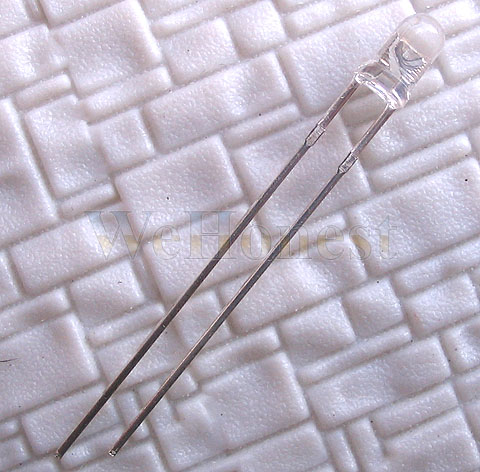I was shopping on *Bay and saw some 3 mm bright white LED's for sale that did not need a resistor in series to be able to be used in a 12 volt circuit. The LED's were specifically described as being for 12 volt DC use only. My questions about this are:
1. Why isn't a resistor needed? Is it because of being used in a DC circuit?
2. I found quite a few descriptions for LED's that did not need resistors if used in a 3 volt circuit. Is this typical for an LED; if the voltage is low enough no resistor is needed? Does this apply for AC circuits or DC circuits or both?
3. What can a 1.8 - 2.0 mm LED be used for? Is this big enough to be used as the lighting source for a locomotive headlight? Could it be used as diffuse back-lighting illumination for the inside of a building?
4. How big can a single LED be (practically)?
5. Do different color LED's require different voltages or current (AC or DC) to operate?
(I'm fairly new to LED's and trying to learn about and get a "feel" for the uses for various size/color LED's.)
Thanks!





